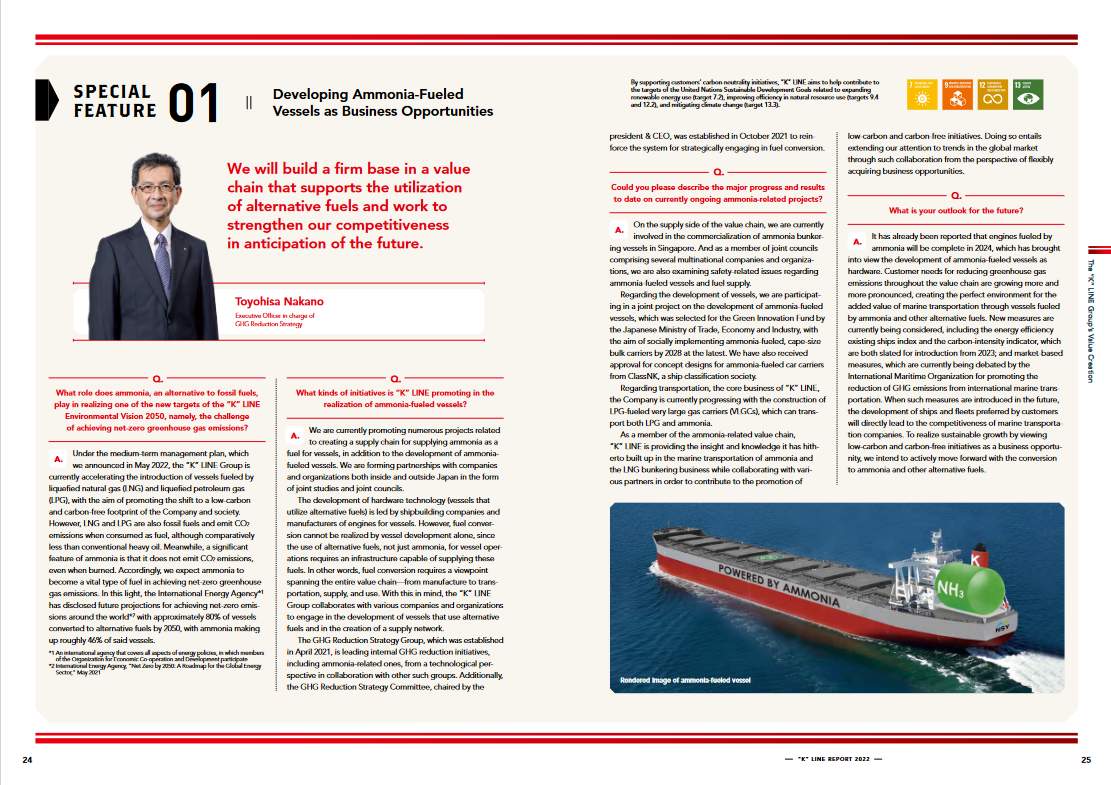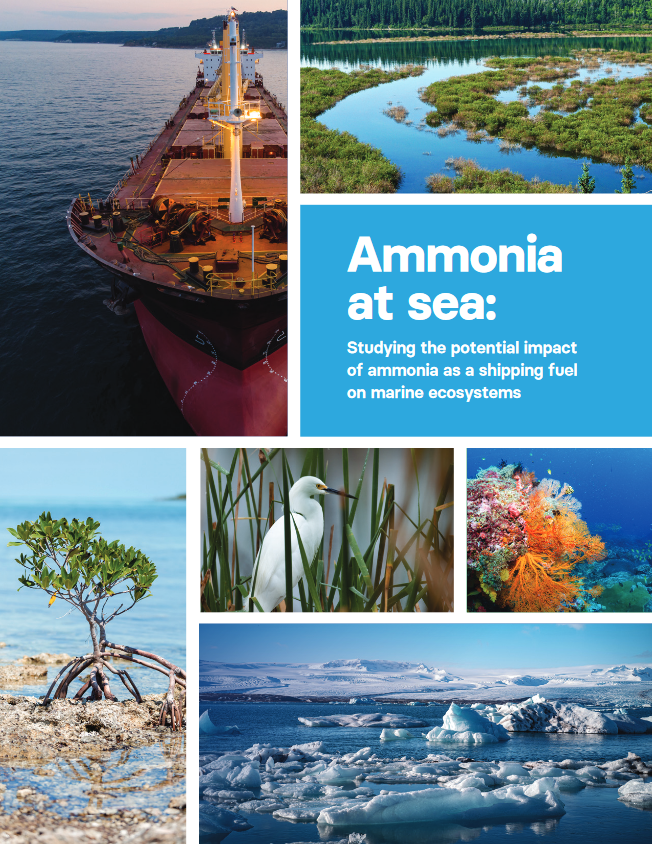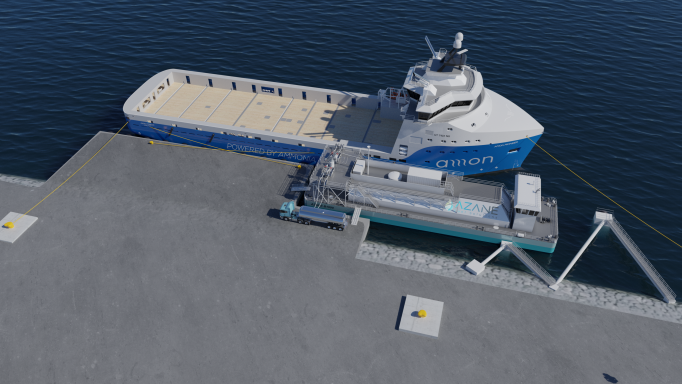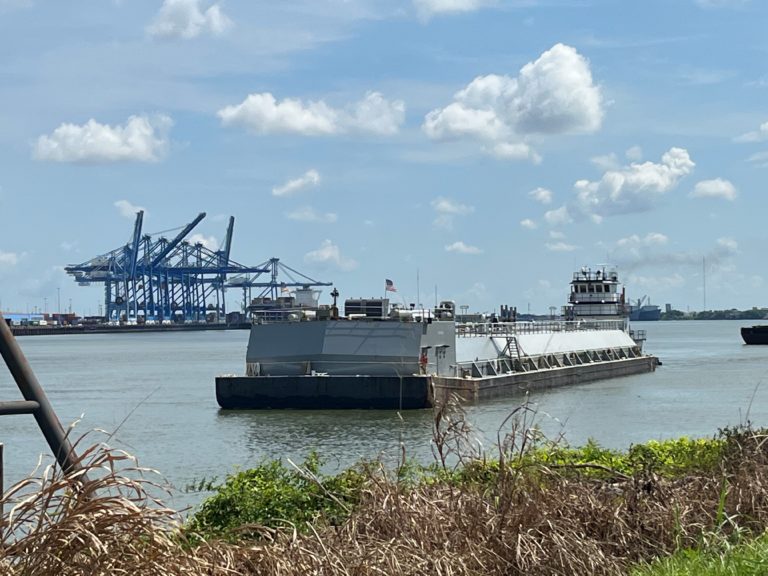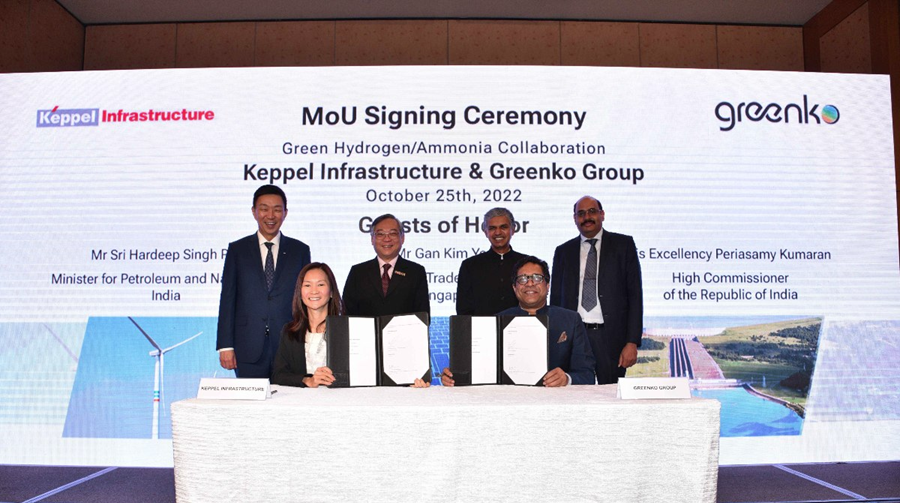IHI: ammonia in the UAE & Malaysia, supporting start-ups
IHI Corporation has announced three new ammonia partnerships this month. In the UAE, it will embark on Dubai’s first “green” ammonia feasibility study with the Emirates National Oil Company Group, with a solar-powered pilot plant to be built. In Malaysia, IHI and Petronas subsidiary Gentari Hydrogen will explore ammonia production from solar power in Johor, Malaysia. And following its investment in US-based Starfire Energy in November, IHI and Japan-based Angel Navi will identify more decarbonisation venture opportunities in Japan and around the world.


